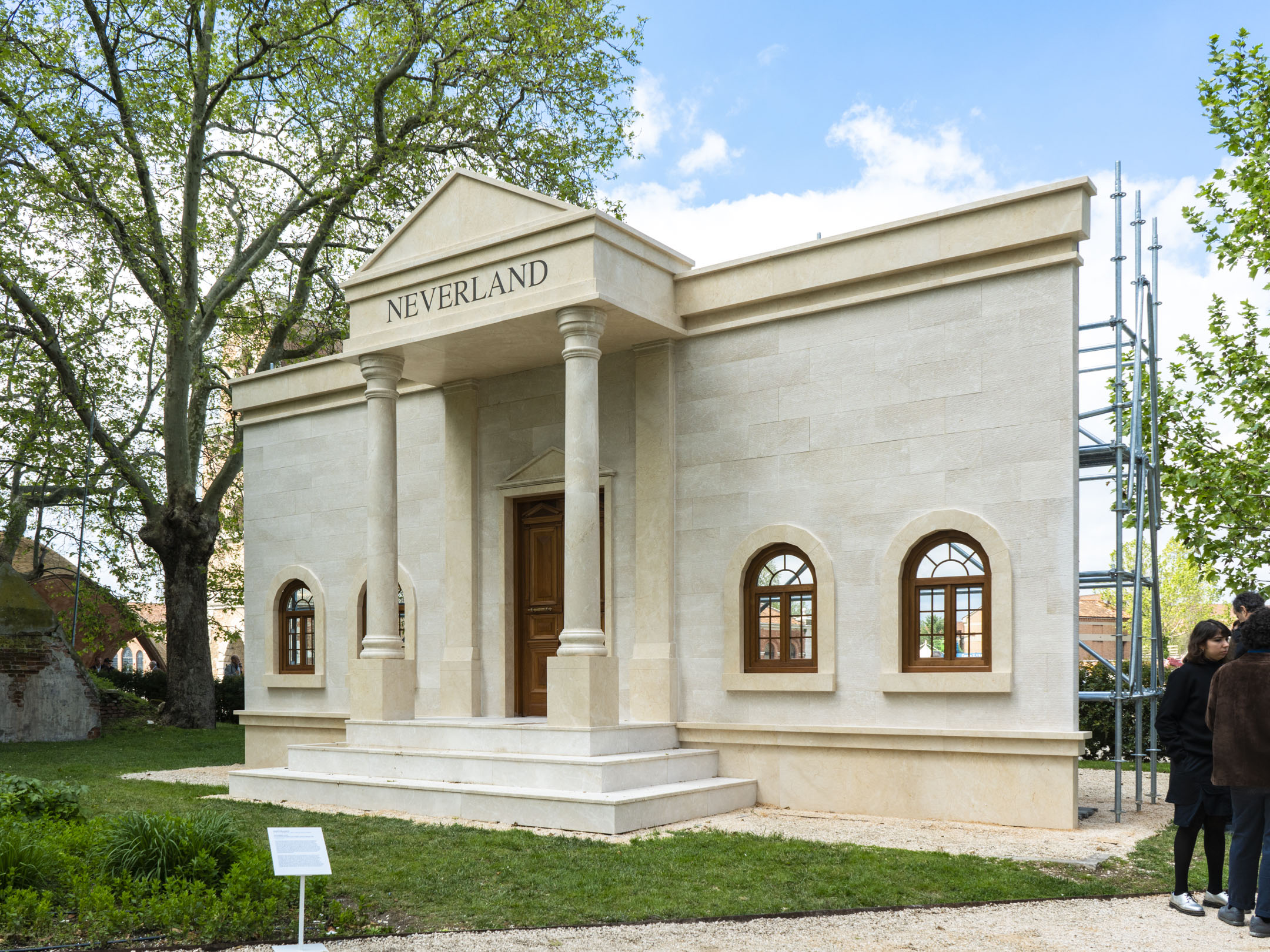
Practical info
The seminar will be held in hybrid mode to allow as many people as possible to attend.
Frequency: 1st and 3rd Friday of the month, from November 17, 2023 to June 7, 2024
Schedule: 3 to 5pm
Location: Room B03_18, 54 bd Raspail 75006 Paris (capacity: 12 seats)
Videoconference: Zoom
Please note: You will not be able to attend this seminar without first submitting a request via the following link: https://participations.ehess.fr/demandes/__nouvelle__?seminaire=679.
Please submit the application no later than 72 hours before the first session. The application is valid for the whole year and it can be made at any time.
Before each session, we will send a confirmation message to those who will be onsite, and the link to the videoconference room for those who will be online.
For more information, please contact us at the following address:
LECTURE SERIES
Art moderne et contemporain du Maghreb et du Moyen-Orient : regards croisés sur les logiques culturelles d’une institutionnalisation en cours
organised by the ARVIMM research group
(Joan Grandjean, Alain Messaoudi, Silvia Naef, Claudia Polledri and Perin Emel Yavuz)
Institut d'études de l'Islam et des sociétés du monde musulman/École des Hautes Études en Sciences Sociales, Paris, France
Since the 2000s, there has been a significant surge in group and solo exhibitions featuring artists from the Maghreb and the Middle East. This growth has been observed both in Western countries and within the region itself, where the number of institutions dedicated to the visual arts has notably expanded. Consequently, there has been a corresponding development in museum collections that focus on artistic production from this region and its diaspora.
In addition to the global impact of globalization, which has given artists from the Global South international recognition, there are specific policies that have encouraged institutions and galleries in both the Northern and Southern hemispheres to organize exhibitions and acquire artworks. These policies are guided by particular criteria, but their implications on artists’ careers and their target audiences are areas of exploration.
Remarkably, while contemporary art has experienced widespread dissemination, the earlier modernist period remains relatively understudied, except for a few notable exceptions. This raises the question of why such a disparity exists. To address this, we will draw comparisons and distinctions with other regions within the Global South.
More information on the ARVIMM website, here.
